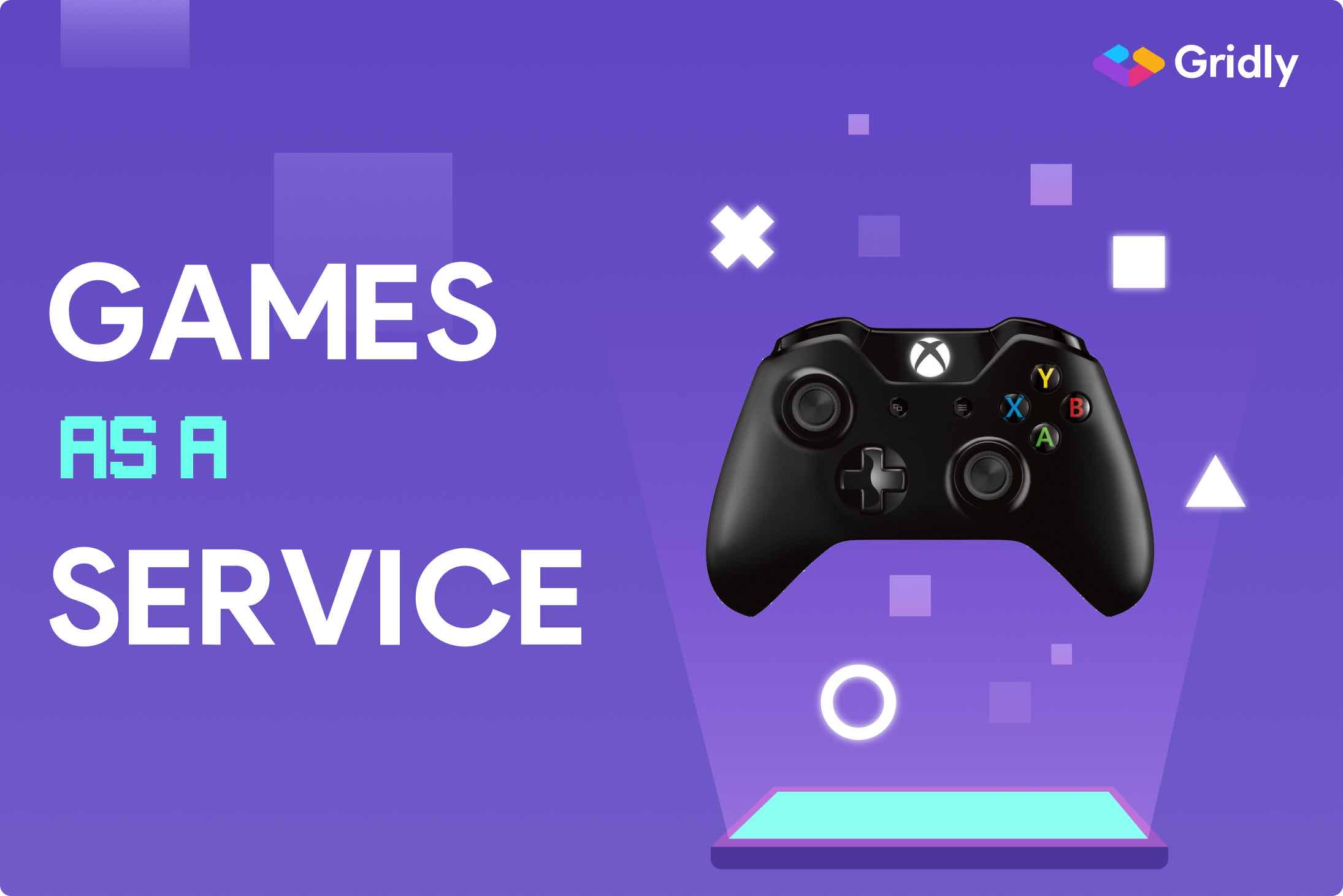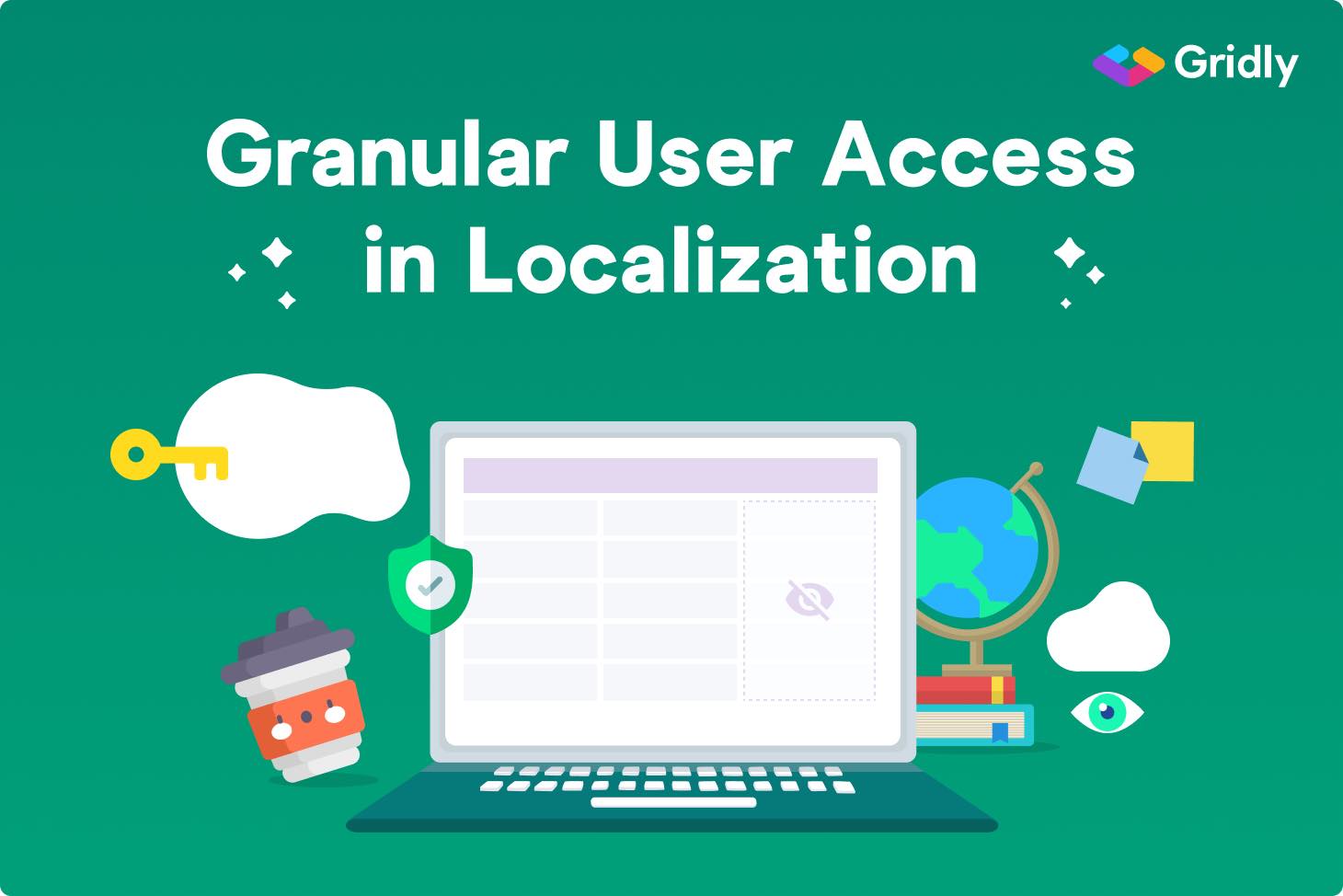What’s covered
- Introduction
- Wait, isn’t it all just translation?
- So what exactly is multilingual content management?
- Multilingual content management’s role in software localization
- The building blocks of effective multilingual content management
- Internationalization and multilingual content delivery
- Tracking changes in volatile multilingual projects
- Content governance and access control for multilingual teams
- Translation memory & multilingual content reuse strategies
- Integrating multilingual content management with development pipeline
- Maintaining multilingual content quality and consistency
- Why strong multilingual content management is essential for localization success
Introduction
If you’re managing digital products in multiple languages, you know that effective localization involves much more than just translation. At the heart of successful localization is a robust system for handling content across languages, what we call Multilingual Content Management. Understanding this critical component of the localization process can save your team countless hours of work and prevent some serious headaches down the road.
Wait, isn’t it all just translation?
Before we dive in, let’s clear something up: how you manage multilingual content depends heavily on what you’re working with.
For content that doesn’t change often, like brochures, PDFs, or other static documents, multilingual management is mainly about storage and organization. Pretty straightforward.
But for digital products that change constantly - websites, apps, games, SaaS platforms - it’s a whole different ballgame. When your product updates every few weeks, you need systems to track what’s changed, what needs updating, and how to keep everything in sync across all your languages.
That’s the challenge we’re focusing on today: managing multilingual content in dynamic digital products where things are constantly evolving.
So what exactly is multilingual content management?
Multilingual content management goes beyond simply translating words from one language to another. It’s the entire system for creating, storing, updating, and publishing content across multiple languages at scale.
Think of it as building a global content ecosystem rather than just translating individual pieces. When you’re updating your product every couple of weeks, having a robust multilingual content management approach isn’t just nice to have. It’s essential.
In practical terms, with multilingual content management:
- “Done” isn’t when your English content is ready, it’s when all language versions are ready and approved. This shifts the definition of completion for any feature or update.
- Content follows a clear path through development, testing, and staging environments before production, ensuring translations stay in sync throughout the entire development pipeline.
- Changes in the source language trigger appropriate updates in all target languages, with clear tracking of what needs to be updated and what’s already been handled.
- Consistency is maintained across your entire multilingual content library, from terminology to formatting to brand voice, regardless of language.
Multilingual content management’s role in software localization
Software localization is the comprehensive process of adapting your product for different markets. It covers everything from translation to cultural adaptation, UI adjustments, and regional formatting changes.
Within this process, multilingual content management serves as the critical infrastructure that makes effective localization possible. It’s the systematic approach to handling your content across languages that ensures your localization efforts run smoothly and efficiently.
Think of it this way: successful software localization requires solid multilingual content management as its foundation. Without proper content management systems, even the best translation quality will get lost in an unmanageable workflow.
The building blocks of effective multilingual content management
Internationalization and multilingual content delivery
Internationalization lays the groundwork for successful software localization by making your product adaptable to different languages and regions. But preparing your software is only half the battle, you also need an efficient system to deliver the right content once it’s translated.
Many teams still manage translation files manually, exporting and reimporting them between systems. This approach becomes a bottleneck as your product and language needs grow.
Modern multilingual content management creates a structured content model with clear relationships between content pieces. Content moves seamlessly through APIs, becoming integrated with your build pipeline, no manual file handling required.
With a well-designed content structure you can deliver the right content in the right format to various environments programmatically and separate content from code while maintaining control over updates. This flexibility gives you the control you need without sacrificing automation.
Gridly was built specifically for this type of structured content management. At its core are Grids, enabling automated content delivery directly to your builds without manual file handling.
» Learn more about the basics of Grids in Gridly.
Tracking changes in volatile multilingual projects
In fast-moving development environments, content changes constantly. When your source language updates, translations quickly fall out of sync without a proper system to track what’s changed.
The traditional approach of manually comparing files or tracking changes in spreadsheets becomes unmanageable as projects grow. You end up with missing updates or unnecessary retranslation because there’s no clear record of what’s new or modified.
A proper multilingual content management system gives you:
- Visibility into exactly what’s changed in the source content, highlighting specific text differences.
- Difference checking to see precisely what needs updating, allowing translators to focus only on actual changes.
- Status tracking across all languages.
Gridly handles this aspect through its Dependencies containing all the changes made, these features provide the much needed flexibility and assurance in volatile localization projects.
Content governance and access control for multilingual teams
Managing multilingual content across global teams presents unique governance challenges. Without proper controls, you risk unauthorized changes, inconsistent updates, and security issues that can derail your localization efforts.
Traditional approaches often rely on spreadsheet sharing or folder permissions that aren’t granular enough for complex localization workflows. This leads to confusion about who can edit what, and often results in content getting changed without proper oversight or documentation.
Digital products often involve many contributors working across different roles and regions. Your multilingual content management solution needs to account for this by:
- Limiting who can edit source content to prevent unauthorized changes that could trigger unnecessary translation updates.
- Controlling what translators can see and modify, so they focus only on relevant content.
- Protecting sensitive content from unauthorized access and leaks, especially important for products with confidential intellectual property.
- Preventing accidental overwrites during imports by maintaining clear version control.
Gridly addresses these governance needs through two key features. The Views provide isolated workspaces where teams can develop new content without affecting the production version, ideal for preparing upcoming releases while maintaining your current live content.
Translation memory & multilingual content reuse strategies
One of the fastest ways to save time and money is by reusing existing translations. While translation memory is traditionally a Translation Management System feature, having it integrated into your multilingual content management workflow creates significant advantages.
When you translate content once, that translation should become an asset you can leverage repeatedly. Without proper translation memory, you end up paying for the same translations multiple times and introducing inconsistencies as different translators handle the same text differently.
Effective multilingual content management incorporates translation memory directly into the content workflow. This allows you to leverage past translations, avoid duplicating translation efforts, and ensure consistency across products and releases. The rule is simple: translate once, reuse many times. This approach stretches your localization budget further while simultaneously improving consistency across your global content.
Gridly’s Translation Memory works seamlessly within your content management environment. Import your previous translations into Gridly’s translation memory. When new content matches or closely resembles previously translated text, the system suggests those existing translations. This works not just for exact matches, but also for fuzzy matches where the content is similar but not identical.
Gridly also offers Working Translation Memory, which captures and suggests translations that are still in progress within the current project. Later on, you can select which entries should be added to your production translation memory. This is particularly valuable as it allows translators to maintain consistency and efficiency without compromising the integrity of the main translation memory.
Integrating multilingual content management with development pipeline
Effective multilingual content management systems need to work seamlessly with your existing tools and processes. Otherwise, localization becomes a bottleneck that slows down your entire development cycle.
The traditional approach of manually exporting and importing localization files creates unnecessary friction. Content gets stuck in transit between systems, developers waste time on file conversions, and errors creep in during the manual handling process.
Effective integration means your content flows automatically between systems without constant human intervention. This eliminates handoff delays and reduces errors while allowing each team to work in their preferred environment.
Gridly addresses this challenge through a comprehensive set of integrations designed for modern development workflows:
- GitHub integrations for version control alongside code
- Unity plugin for game developers
- Figma integration for designers to sync translations directly into their design files
- Support for various file formats to ensure content moves smoothly between systems
Explore all Gridly’s add-ons and integrations.
These integrations transform multilingual content management from a separate process into a seamless part of your development pipeline, ensuring that your content stays in sync with your product at every stage of development.
Maintaining multilingual content quality and consistency
Every company has domain-specific terminology and content standards that need to be maintained across all languages. When these standards slip, it doesn’t just affect how your product looks—it impacts how users understand and interact with it.
Traditional localization quality checks often happen too late in the process, after content has already been integrated into the product. This means errors are costly to fix and often make it into production, creating a poor experience for international users.
Proactive quality assurance built directly into your content management workflow helps catch issues early when they’re still easy to fix. It also provides translators with immediate feedback, helping them improve quality over time.
Gridly offers robust quality assurance tools. Auto QA in Gridly provides deeper language-specific checks including punctuation errors, mixed encoding issues, and terminology validation against approved glossaries across all target languages.
These automated quality checks significantly reduce the time needed for manual reviews while ensuring consistent terminology and formatting across all your languages. By catching issues early in the content creation process, you can deliver higher quality localized experiences to your global users while keeping your localization timeline on track.
Why strong multilingual content management is essential for localization success
The difference between successful global products and those that struggle internationally often comes down to how effectively they manage multilingual content. When localization is treated as an afterthought or managed through outdated processes, it becomes a bottleneck that slows releases and compromises quality.
Companies that invest in proper multilingual content management see measurable improvements across several critical areas. Release cycles shorten dramatically. Team workflows become more efficient. Product experiences become consistent across all languages. And costs decrease through better translation reuse and fewer emergency fixes.
With the right multilingual content management approach, organizations can transform their localization processes from a constant challenge into a competitive advantage. The proper structure, tools, and integrations enable teams to localize faster without sacrificing quality, helping them capture international opportunities before competitors.
Think of it this way: while translation converts your words, proper multilingual content management ensures your entire localization process functions seamlessly from end to end.
Ready to transform your multilingual content management? Schedule a demo today to see how Gridly can work for your specific needs.












